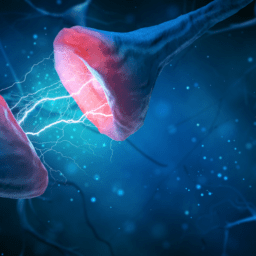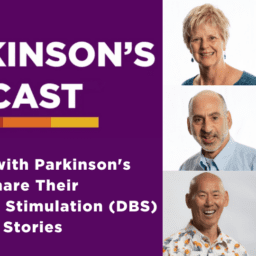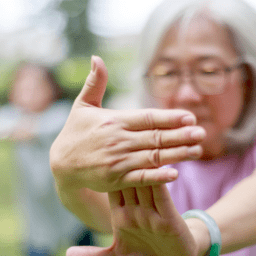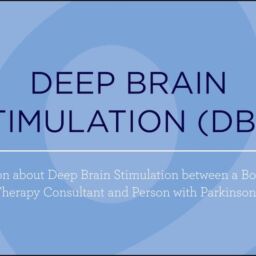Meditation Introduction + Exercise
Day 1 Exercise
Day 2 Exercise
Day 3 Exercise
Day 4 Exercise
Day 5 Exercise
Notes
Mindfulness is a state of mind wherein we feel conscious and aware of the present moment. Practicing meditation trains our brains to be able to be mindful. While I’ve not been classically trained in the art of meditation, I have participated in many guided meditations, I’ve researched different types of meditation practices, and I’ve done many self-guided meditations to improve my well-being. I also love to research topics like this one, and I have studied some of the neurobiological and psychological benefits of mindfulness and meditation-based therapy interventions over the years.
I’m also lucky that my brother and dad are very consistent and dedicated meditators. Taylor, my brother, has spent thousands of hours meditating over the past five years. Davis, my dad, has spent at least 20 minutes per day meditating over the past few years as well. My relationship with meditation is more inconsistent compared to them. However, every time I dedicate part of my morning or evening to practicing meditation, I feel noticeably better. I feel more awake in the morning, more patient, and more attentive.
For this series, I combined what I’ve learned through self-exploration and conversations with my dad to create a guided meditation series especially for people with Parkinson’s. I hope you enjoy it.
Being still and sitting silently with your thoughts can be challenging, especially if you’ve never done it before. If you add the symptoms of Parkinson’s to that, it could feel like a daunting endeavor. A tremor, one that is evident at rest, is not an easy thing to have in general, let alone while you’re trying to sit still and meditate. Rigidity can make it difficult to find a comfortable position to sit or lay in. But given the scientifically proven benefits of practicing meditation and mindfulness, I felt like it was only fair that we make some guided mindfulness-based meditations tailored for people living with Parkinson’s!
In the guided meditations I’ve created, my dad and I created shortened versions of meditation practices we have done in the past to make them more accessible to people living with Parkinson’s. Hopefully, these guided audio recordings will be a positive introduction if you have never tried anything like this before, or a gentle reintroduction if it has been a while. Here are a couple of points to remember before you dive in:
- Sometimes the first step to doing something is the hardest. I think it’s important to remember that you don’t have to dive right into doing 20 minutes of something every day. You can start with one minute. Everyone has one minute to try something new, right? And then, if it makes you feel better, you can try to do one-minute every day for a week or increase it to two minutes or five minutes each time.
- The key, it seems, from my conversations with my dad about trying meditation for the first time, is to be kind to yourself. If you can bring awareness to just one breath, that is a victory! And if you choose to continue your practice consistently, it will get easier to be present and aware the more you do it.
My goal for creating these mini mindfulness-based meditations was to introduce these practices to any of you who may be curious about them and to make them more accessible by making them short and sweet. That way, you can try it in the comfort of your home and see how it makes you feel. If you like the way it makes you feel, you can explore more by expanding your practice to doing a one-minute mindfulness meditation every day for a week or increasing your meditations to longer chunks of time. And if this isn’t something that works well for you, of course, that’s fine too.
Meditations
[1] The first one-minute meditation involves counting your breath cycles. You count every exhalation from 1 to 10. Once you reach 10, you can go back down to 1 and continue the cycle as long as you’d like. In the audio recording, with my breath cycle, I only counted from 1 to 10 once in the 1-minute meditation.
[2] The second one-minute meditation is also a breath counting meditation. You count at the beginning of every breath cycle before each inhalation. We count cycles of 10 breaths. Once you complete 10 cycles, you go back to one and continue the cycle.
[3] In the third one-minute meditation, we take a breath before we begin to notice where we feel the breath most acutely. It may be at the tip of the nose, in our chests, in our bellies, or somewhere else. For the entire minute, you focus on the region of the body you feel most throughout each breath cycle.
[4] In the fourth one-minute meditation, we follow the entire breath cycle with our full awareness. We follow the breath from the first area we notice it (for me it is the tip of the nose) until it expands our chest and bellies, we pay attention to the way it feels when our lungs are full of air, and then we follow our full exhalation. We continue to be present with our breath and bring full awareness to the sensations of inhalation and exhalation for the entire minute.
[5] The longest guided meditation is a five-minute body scan. Body scans often range from 15 minutes to 45 minutes; however, similarly to the breathing meditations, I wanted to make this a shorter introduction to the experience to see what feels right for you. We scan from the feet to the top of the head, breathing as we bring awareness to each new area of the body.
Further Reading
Better sleep. A 2015 study found that a MAPs (Mindful Awareness Practices) intervention improved sleep in older adults with moderate sleep disturbances significantly more than a SHE (Sleep Hygiene Education) intervention.
Improves anxiety, depression, and pain. A 2014 study looked at the results from 47 trials with over 3000 participants to determine the degree of impact that meditation has on psychological well-being. Their findings suggest that meditation helps improve anxiety, depression, and pain.
May help with immunity. An early study from 2003 that is limited by a small sample size found that an eight-week meditation intervention increased activity in a region of the brain that has been correlated with greater immunity in other studies. This study further found that the meditating group had greater levels of antibodies from the influenza vaccine after completing their intervention than the control group.
Thanks for Listening!
To share your thoughts:
- Leave a note in the comment section below.
- Ask a question by emailing us here.
- Share this show on Facebook.
To help out the show:
- Leave an honest review on iTunes. Your ratings and reviews really help, and we read each one.
- Subscribe on iTunes.
Listen & Subscribe
Apple Podcasts | Stitcher
*The Second Season of the Parkinson’s Podcast is made possible through generous support in honor of Dr. Margaret Hilgartner.


















Excellent video! It feels so good.